Make Your Own Project UnLonely
In today’s world, many people feel lonely. Our goal is to give people the tools they need to make real connections. Through our Project UnLonely initiative, we’ve created this webpage to educate people about loneliness and encourage them to be “UnLonely” through curiosity, creative expression, and conversation.
This webpage will teach you about the different ways we experience loneliness and provide creative activities that can be enjoyed alone or with others. These activities will help you know yourself better and connect with others in a deeper way.
Be Curious
Are you lonely? If you find it tough to answer, you’re not alone. Loneliness often carries a stigma, making it hard to discuss openly. But the truth is that we all feel lonely from time to time. It’s part of being human. Think about loneliness not as a problem, but as a chance to get to know yourself better.
Through being curious about your own loneliness, you start a journey of self-discovery that can lead to stronger connections with both yourself and those around you. Curiosity is something we all have inside us—it’s what makes us want to solve puzzles or find answers to our questions. Being curious means asking where your loneliness comes from and what it feels like. Our goal is to keep your curiosity alive by sharing insights about loneliness and how it relates to you, the people you know, and society as a whole.
We hope you’ll gain a new perspective on your own experience with loneliness and how to navigate it!

What is Loneliness?
Loneliness is the gap between the social connections you want versus what you feel you have. Just like how you feel thirsty when you need water, feeling lonely is a way your body tells you that you need more human connection.
More than half (58%) of U.S. adults reported feelings of loneliness in 2021 (Cigna).
%
How Does Loneliness Affect Us?
Loneliness can hurt us in many ways. It can make us feel depressed, anxious, and even suicidal. Loneliness can also make our hearts, bodies, and immune systems weaker. Feeling lonely can make it harder to talk to others and work together.
Loneliness can be as deadly as smoking 15 cigarettes per day.
In fact, social isolation and loneliness are associated with a 30% increased risk of heart attack, stroke, or death from either (Journal of the American Heart Association).
The Three Types of Loneliness
Feeling lonely doesn’t just mean you feel alone. You can be with many people but still feel like you are not really connected to them. Just like there are many types of love, there are also different types of loneliness. Knowing the different types can help us address them effectively.
To find out what kind of loneliness you’re feeling, you can ask yourself a few questions! Read more about the three kinds of loneliness below. Have you felt any of these before?
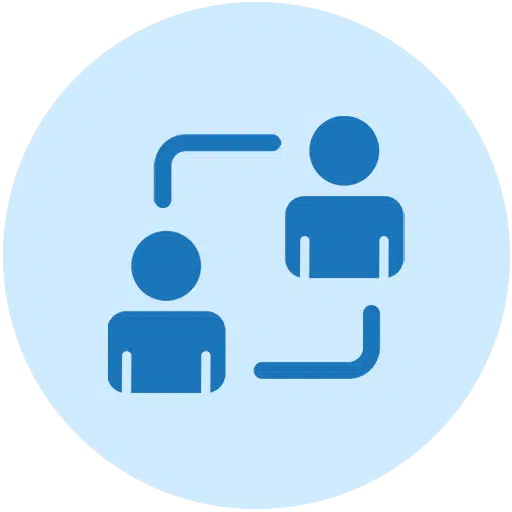
Psychological
This might be the “flavor” of loneliness you’re most familiar with. How we feel about our social connections and close relationships can contribute to feelings of interpersonal or psychological loneliness.
“Is there someone that I can tell my troubles to?”
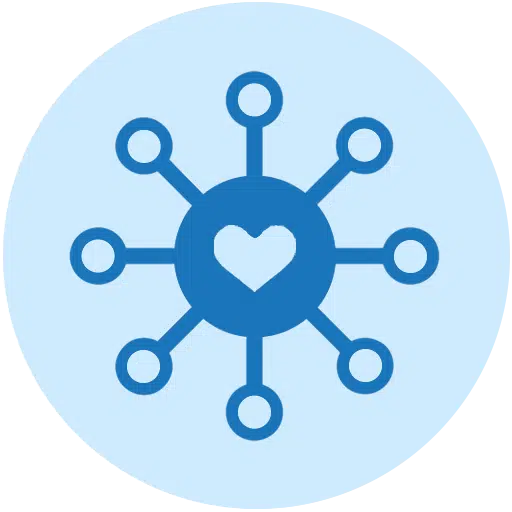
Societal
This type of loneliness is all about belonging– experiencing acceptance and safety. Societal or organizational loneliness can impact anyone in workplaces, schools, or communities.
“Am I safe?”
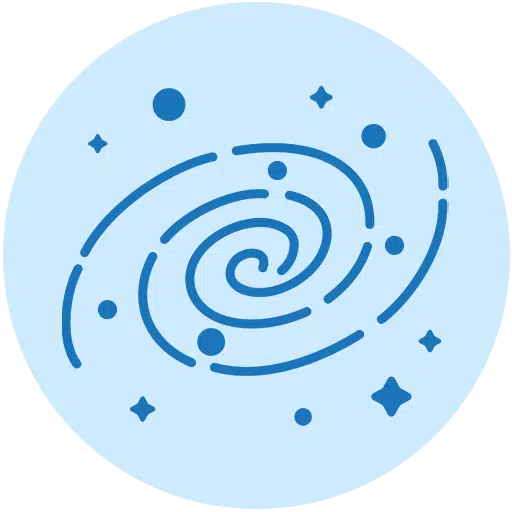
Existential
Having existential thoughts or spiritual questions is a part of life, but if someone has these types of thoughts very often, or is upset by them, they can result in feelings of isolation and loneliness.
“Am I disposable?”
The Five Territories of Loneliness
These five territories show common experiences where people might feel lonely if they don’t have help or guidance. Each area has its own set of challenges to work through. Can you relate to any of these areas in your own experiences with feeling lonely?
Trauma
Trauma refers to a kind of harm that can be physical or emotional, happening suddenly or over a long time. It can be caused by stressful events like war, sexual assault, terrorism, childhood abuse, natural disasters, mass shootings or even the COVID-19 pandemic.
Illness
Getting sick can sometimes make a person feel separated from their friends and family, as if they are dealing with life’s problems all by themselves. This can happen with many kinds of illnesses, including cancer, cardiovascular issues, obesity, and mental health problems.
Aging
Older people might feel lonely due to loss of friends or family members and cognitive decline. They might also feel left out of society due to financial issues or health challenges. Additionally, they might feel a deep kind of loneliness as they think about the end of their life and what they will leave behind.
Difference
Feeling different from others can make it hard to feel confident about who you are, leading to societal loneliness. This can be experienced by first-generation immigrants, members of the LGBTQ+ community, people of color, people with disabilities, or anyone who may feel different.
Modernity
The modern world has changed the ways people socialize. Instead of meeting in person, we now have options like social media, chat forums, and online dating apps to connect with others. Even though these platforms can help us connect, they can also make us feel lonely.
The Pyramid of Vulnerability
Like most public health risks, loneliness is experienced on a spectrum. It’s important to get curious about loneliness so we can know what to do about it! Take a look at the categories below—they are often used by professionals to guide assessment, prevention, and treatment of social isolation and loneliness.
Click on the different parts of the pyramid to learn more about each category.
Mental Health Resources
If you’re feeling overwhelmed by loneliness, depression, or suicidal thoughts, it’s important to seek help. In an emergency, please call 911. For immediate support, contact the 24-hour crisis center at 1-800-273-TALK (8255) or text MHA to 741741.
Make Something
Making things is a great way to feel more empowered and connected to ourselves and others. Creative expression gives us a safe space to explore and share our thoughts and feelings, even the ones that are hard to talk about. And you don’t need to be an “artist” to do it!
Creativity is UNIQUELY SUITED to address loneliness for 3 reasons:
- Creative expression changes the brain—research shows that the same parts of the brain process art and social connections.
- The arts allow us to understand and share our story
- Engaging in creativity connects us to a deeper sense of meaning in the world
What we create becomes a symbol of who we are, a personal artifact that tells our story. Our work becomes a reflection of ourselves, sharing our unique perspective and individuality.
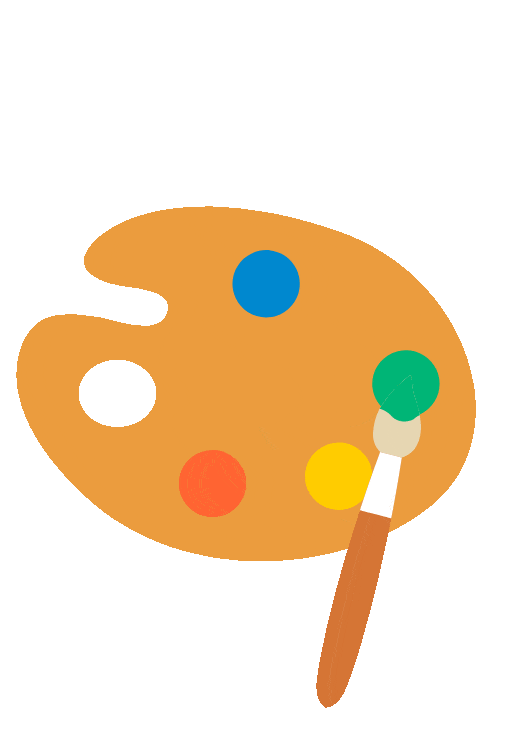
Colors & Connection
Watch this short video to get inspired. Step-by-step, RJ shows you how to use color to express yourself. You can try this activity on your own, or do it with a group.
Write a "Found Poem"
Walk and Haiku
Time: ~15 Minutes + 10 – 30 Minute Walk
Haikus are often inspired by the outdoors. In this activity, we’ll write a haiku by tuning into nature!
Go for a short walk. Stay present to your senses. What do you notice? Smell? Hear? What do you feel? What are the sounds and sights of this winter season?
When you return from your walk, write a haiku to capture your experience. (A haiku is a short, three-line poem; the first line has 5 syllables, the second has 7, and the third has 5.)
It’s up to you what to write about: you could focus on something you noticed, or simply reflect on how you felt during, before, or after your walk.
Right Brain, Left Brain
Action—Find 2 markers or pens (preferably different colors) and a blank piece of paper.
Observation—Hold a marker in each hand. Observe how it feels to hold a marker in your dominant writing hand versus the other hand.
Create—On the piece of paper, begin drawing free-form with both hands simultaneously, mirroring each other. Relax, don’t worry about what you are drawing and just enjoy the process!
Reflect—Look at your drawing and the pattern you created. What does the pattern or experience of creating this artwork remind you of?
Articulate—Post a photo of your drawing along with what it reminds you of and any other comments.
Response Art Inspiration
As you work, ask yourself, “Why did you pick the particular prompt? What do the words bring up for you? How do you feel as you create the art? What are you trying to capture?”
Creative Relief
Read the prompts below, and choose one that resonates with you. Set aside a few moments to create something in response to the prompt. In the next step, we’ll invite you to share your creation.
Prompt 1
For one of the art works above, write a dialogue for what you think is being expressed within the piece. For example, what do you think the dancers are expressing to each other, or Bach’s violins, or the two profiles in Oommen’s collage?
Prompt 2
When listening to the music or reading the prose above, close your eyes and focus on the images that come to mind. Consider the images and their meaning, and then choose one mental image to represent your experience and either snap a photo OR draw the image in your mind.
Prompt 3
Slowly start to experiment with moves that express some of what you are feeling. Make choices about the size and fluidity of your movements based on your feelings. Continue until you’ve expressed your emotional response.
Watch Our Films
UnLonely Film Festival Season 7 – Check out these powerful short films that bring diverse perspectives on loneliness. We invite you to watch, share, and discuss these films as an UnLonely step towards connection.
Have Conversations
Now that you’ve created something, it’s the perfect time to share it with others and spark meaningful conversations.
Sharing what we’ve made lets others see and understand our stories, helping us feel recognized and build real connections. When we talk about what we made and share our feelings about it, we find things in common with others and learn more about ourselves and the world around us. Sharing our creative “making” makes our lives better and helps us understand and care for each other more.
Showcase your creations on social media or send them to your loved ones and colleagues via email. Spread the word and inspire others to join in!
Join our growing UnLonely community by using hashtags #ProjectUnLonely and #BeUnLonely to show off your work and connect with others. And don’t forget to tag us @beunlonely—we’d love to see what you create!

Stay Connected
Don’t miss out on the latest updates from the Foundation for Art & Healing! Sign up for our mailing list to stay in the loop on all things art, healing, and connection! As part of our community, you can become an UnLonely Ambassador. You’ll receive:
🎥 Bi-weekly featured films from Project UnLonely
🎨 Creative activities to boost your wellbeing and spark inspiration
📅 Invitations to exclusive events, webinars, and workshops
Read Project UnLonely: Healing Our Crisis of Disconnection
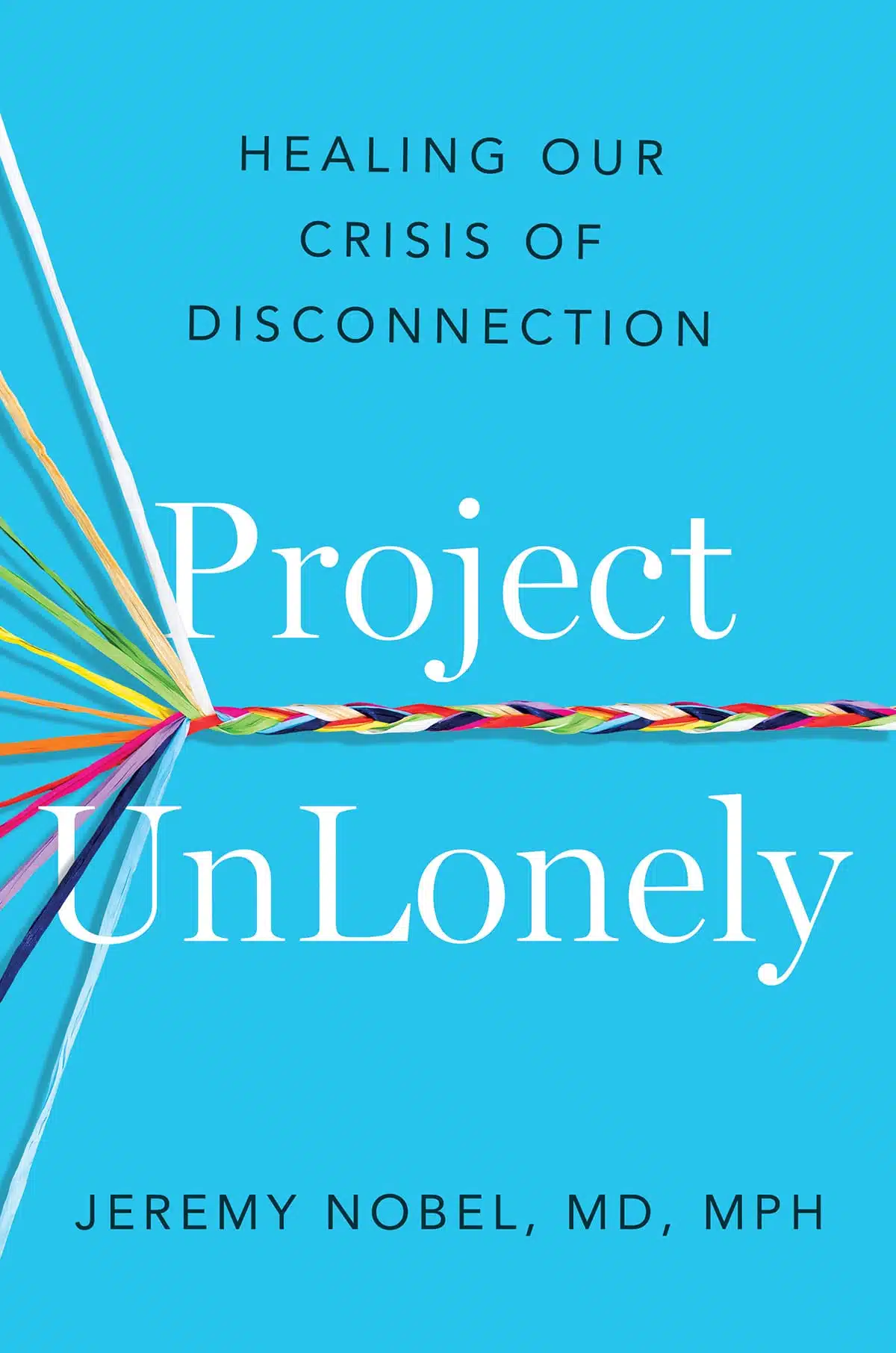
Even before 2020, chronic loneliness was a private experience of profound anguish that had become a public health crisis. Since then it has reached new heights. Loneliness assumes many forms, from enduring physical isolation to feeling rejected because of difference, and it can have devastating consequences for our physical and mental health. As the founder of Project UnLonely, Jeremy Nobel unpacks our personal and national experience of loneliness to discover its roots and take steps to find comfort and connection.
Dr. Nobel leverages many voices, from pioneering researchers, to leaders in business, education, the arts, and health care, to the lived experience of lonely people of every age, background, and circumstance. He discovers that the pandemic isolated us in ways that were not only physical, and that, at its core, a true sense of loneliness results from a disconnection to the self. He clarifies how meaningful reconnection can be nourished and sustained. And he reveals that an important component of the healing process is engaging in creativity. Make things!
Supportive, clear-eyed, and comforting, this is the book we will take into our new normal and rely on for years to come.
Order the Book
Additional Resources
- Our Epidemic of Loneliness and Isolation – Read the U.S. Surgeon General’s advisory on the healing effects of social connection and community.
- Office of the Surgeon General – Learn more about how we can work together to advance social connection and improve our nation’s public health.
- Your Brain on Art – In this New York Times bestseller by Susan Magsamen and Ivy Ross, you’ll explore the science of neuroaesthetics, which offers proof for how our brains and bodies transform when we participate in the arts—and how this knowledge can improve our health, enable us to flourish, and build stronger communities.
Highly Lonely
Feeling highly isolated leads to many physical and mental health risks. Loneliness can increase risk for heart disease, stroke, depression, and anxiety. At this level, professional or clinical intervention might be needed, along with a formalized assessment and treatment plan.
Moderately Lonely
At this level, early identification is crucial! Awareness and insight are key to identifying loneliness in ourselves and others. Seeking support is recommended.
At Risk for Loneliness
In today’s world, everyone is at risk for loneliness to some degree. At this level, there are many things they can do to mitigate their risk. Engaging in creativity is one way!


